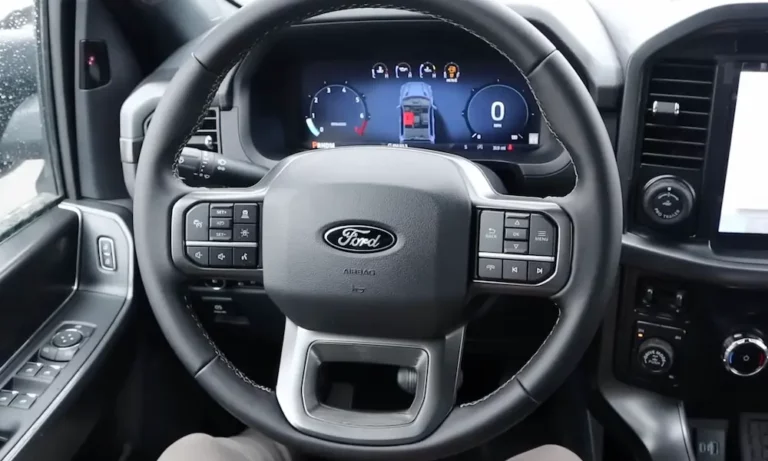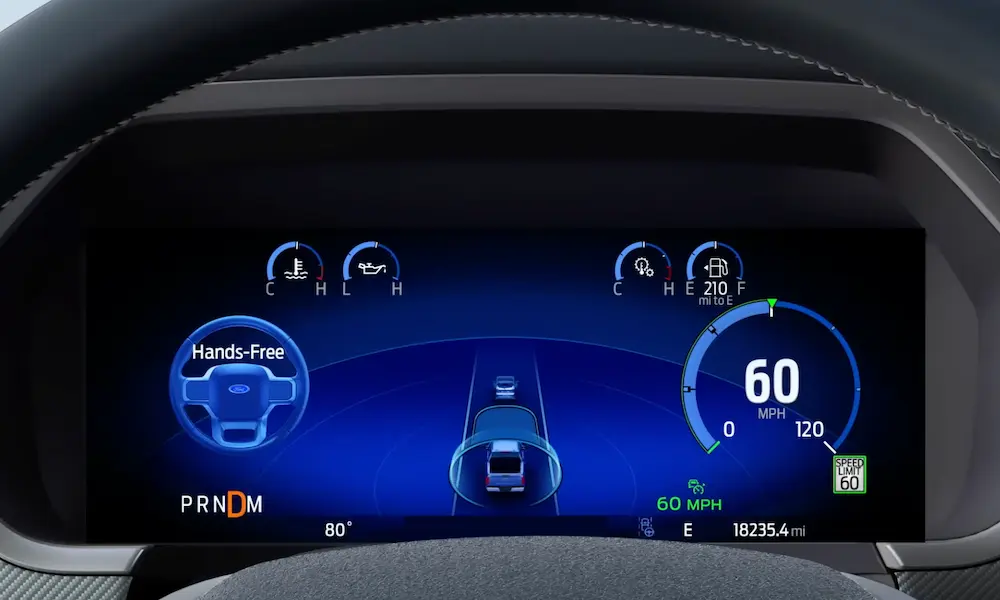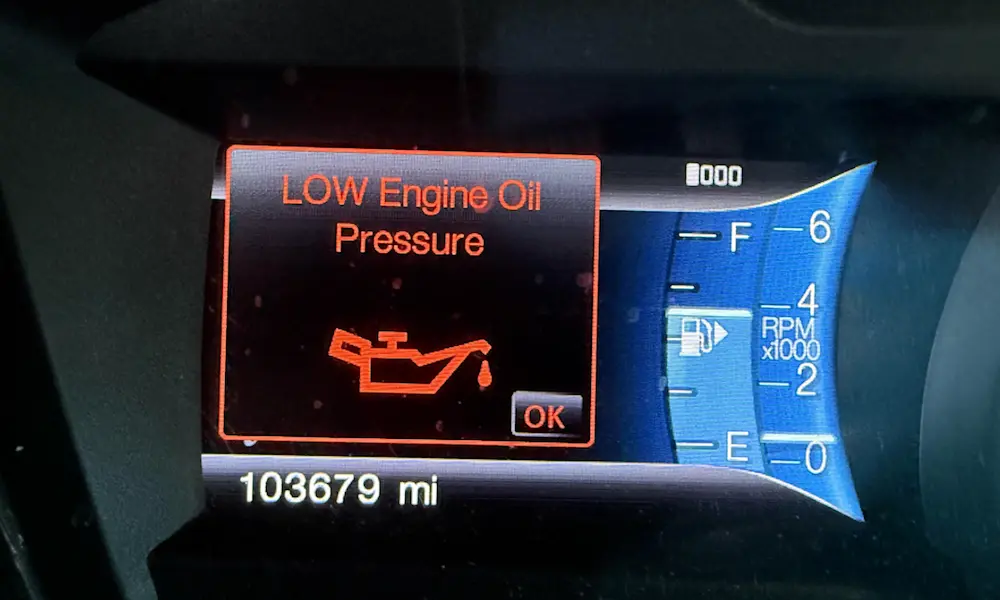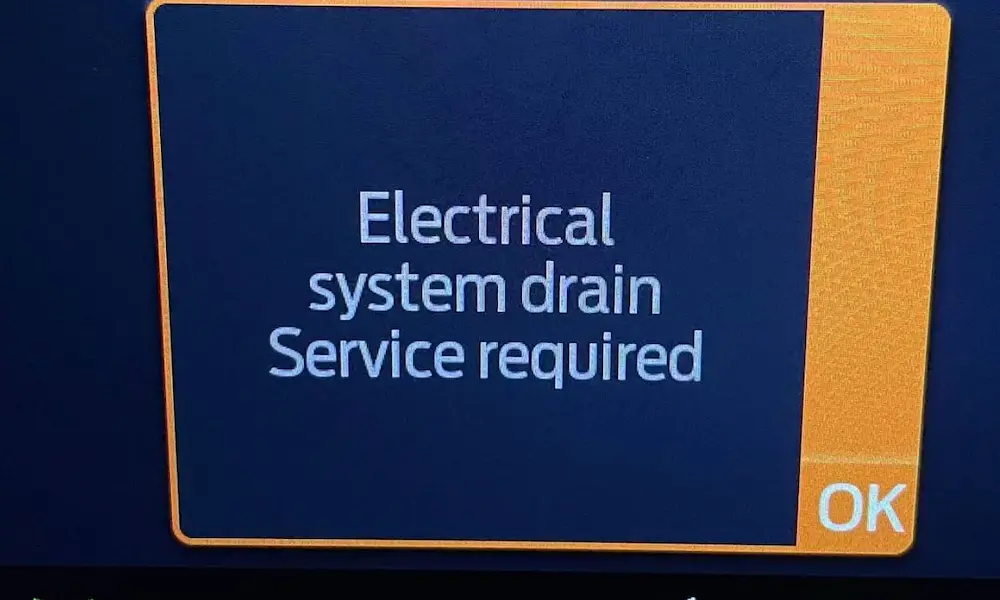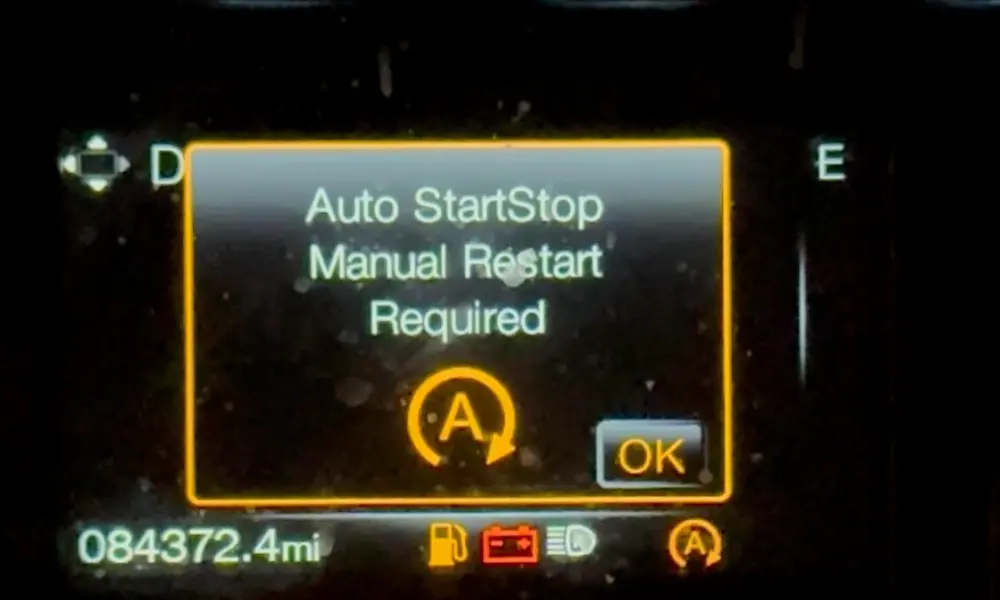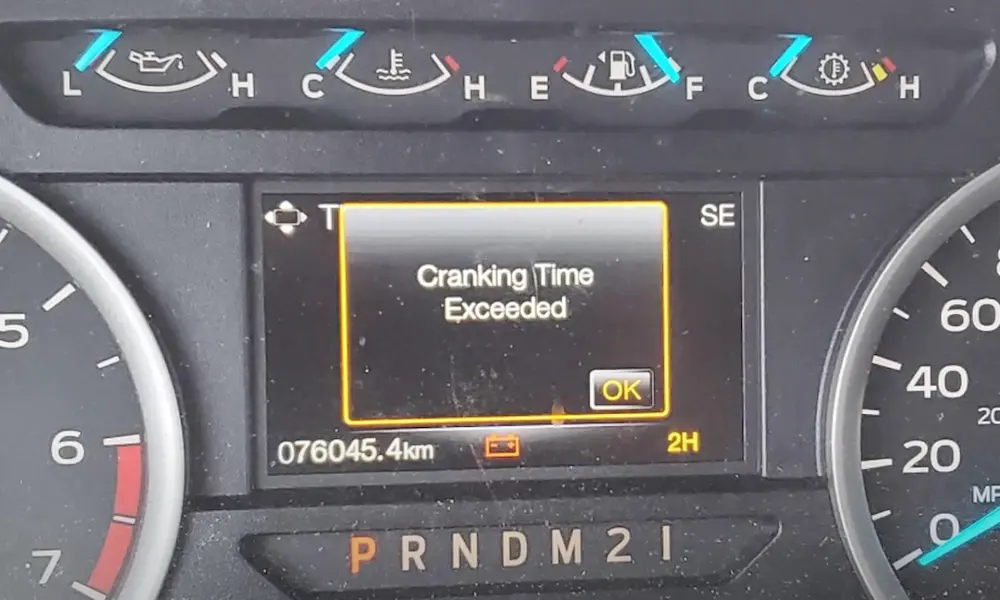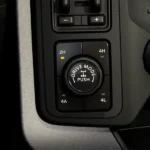Facing issues with your Ford’s electric power steering can be frustrating. Common problems include heavy steering and warning lights on the dashboard. Whether you have a Ford F150 or a Super Duty, understanding these issues can save you time and money. Discover the causes behind these problems and explore solutions that might get your vehicle back to smooth steering. Stay with us to find practical tips and advice.
Understanding Electric Power Steering in Ford Vehicles
In Ford vehicles, electric power steering (EPS) is a system that helps you steer with less effort. Unlike older steering systems, EPS uses an electric motor instead of hydraulic fluids, making it smoother and more efficient.
Components of Electric Power Steering
Electric power steering in Ford vehicles consists of several key components. Your steering wheel connects to the steering shaft, which transmits your inputs to the steering mechanism. The electric motor, often mounted on the steering column or rack, provides the necessary assist based on data from sensors.
These sensors monitor the steering wheel position, speed, and torque. The data is sent to the EPS control module, which determines how much assistance is needed. If you notice an EPS warning light on your dashboard, it could indicate a problem with these components, requiring a check-up.
How It Differs from Hydraulic Power Steering
Electric power steering systems differ significantly from hydraulic systems. EPS relies on an electric motor to provide steering assistance, eliminating the need for hydraulic fluids and pumps. This reduces the maintenance tasks associated with hydraulic steering, such as checking fluid levels or dealing with potential leaks.
EPS provides variable assistance based on speed. At lower speeds, like during parking, the assistance is greater to make steering easy. On highways, the steering feels tighter and more responsive. Additionally, EPS improves fuel efficiency since the electric motor only operates when assistance is needed. This makes driving your Ford vehicle both economical and enjoyable, giving you more control on the road.
Common Issues with Ford Electric Power Steering
If you drive a Ford and notice problems with your electric power steering, you’re not alone. Many drivers face similar challenges. From unexpected loss of steering assist to strange noises, these issues can affect your driving experience.
Loss of Steering Assist
One common issue is the sudden loss of steering assist. This can feel like your steering wheel has become overly stiff, making it difficult to turn. Often, the problem may stem from a malfunctioning steering shaft torque sensor. In some cases, you may see an EPS warning light on your dashboard. Checking for error codes using a diagnostic tool can help pinpoint the problem. Routine inspections and timely repairs are key to preventing these situations.
Pulling or Drifting Steering Wheel
Another issue is when the steering wheel pulls or drifts to one side while driving. This problem can stem from the electronic power steering system not working correctly. Factors like misalignment or worn-out parts within the steering system can cause this behavior. It’s vital to check the tie rods, ball joints, and alignment. If left unnoticed, this issue might lead to uneven tire wear, which can be hazardous during long drives.
Unusual Noises During Steering
Hearing unusual noises when steering is another indication of potential problems. Clicking or knocking sounds may come from components like the steering rack or the column. These noises often mean that something is loose or worn out. Regular maintenance of your steering system can help catch these issues early. It’s beneficial to address these noises promptly to prevent further damage to the steering system.
Intermittent Power Steering Failure
Experiencing intermittent power steering failure can be concerning. This means that your power steering might work on some occasions but stop on others. Often, this issue involves electric power steering connections or the motor. A loose or corroded connection can disrupt the power flow to the system. It’s advisable to inspect and, if necessary, replace faulty connectors or cables to keep your steering reliable.
Troubleshooting and Diagnosing Problems
When dealing with Ford electric power steering issues, it’s essential to look at different areas. These include understanding warning lights and error codes, checking the electrical system, and conducting steering and alignment tests. Each part provides clues that help pinpoint the problem, making the repair process more straightforward.
Warning Lights and Error Codes
One of the first signs of an issue with electric power steering is warning lights appearing on your dashboard. The EPS warning light usually indicates a problem, such as a faulty torque sensor or steering motor.
OBD-II scanners can be used to identify specific error codes. Codes like “C-series” suggest issues within the feedback and electromechanical parts of the steering system. By addressing these codes, you can better understand what’s wrong and decide the next steps.
Electrical System Checks
Checking the electrical system is vital for diagnosing power steering problems. Often, a weak battery won’t provide enough power for the electric motor, leading to steering issues.
Inspect the battery to ensure it is charged and in good condition. It’s also important to examine fuse and ground connections, as loose or damaged ones can lead to failures. Power steering relies on stable power, so any electrical faults should be addressed promptly.
Steering and Alignment Tests
Performing steering and alignment tests helps ensure no mechanical issues are affecting steering performance. Intermittent power steering assist or pulling to one side can indicate alignment problems.
Test if the steering feels smooth or if there’s resistance when turning. Sometimes, vibrations from the steering rack may signal internal mechanical issues. Regular alignment checks can prevent uneven tire wear and other related problems, ensuring your vehicle handles well. Testing the steering while parked and in motion can highlight different symptoms, guiding you to a solution.
Repair and Replacement Options
If you’re facing issues with your Ford’s electric power steering, several repair and replacement options are available. Understanding these can help you decide whether to troubleshoot minor problems or proceed with a full system replacement.
Cost Estimates for Common Repairs
Repairing your electric power steering can vary in cost. For minor issues like cleaning or replacing plug connectors, costs may be low. Troubleshooting without replacement, especially if there are no OBD codes, may require only a small outlay for labor.
In cases where the power steering pump fails, a replacement might cost between $1,200 and $1,600. The electric motor, as noted in the Ford F150 forum, is often deep within the steering system, leading to higher labor charges. Always consider the vehicle’s age and the frequency of recurring problems when deciding between repair and replacement.
Preventative Measures and Maintenance Tips
Taking care of your Ford’s electric power steering system involves regular checks and keeping your battery in good shape. These steps help ensure that your steering remains smooth and reliable.
Routine Inspections
It’s important to regularly check the electric power steering system to prevent issues from arising. Start by examining the power steering fluid levels every month. Keeping the fluid at the recommended level ensures the system functions without unnecessary strain. Use the manufacturer-recommended fluid when topping up.
Pay attention to any unusual noises like whining or grinding. They could signal air pockets trapped in the system or fluid leaks. If you notice heavy steering or an illuminated EPS warning light, it’s a signal to inspect things closely. Checking the connectors for cleanliness and inspecting for potential damage can also prevent larger issues later on. Keeping these components in check can help reduce unexpected steering problems.
Battery Health and Maintenance
The health of the car battery plays a crucial role in how well your electric power steering works. A weak battery can lead to problems with steering assistance. It’s a good idea to regularly test your battery’s voltage and look for any signs of wear or age, especially if issues have been reported before.
You should recharge the battery if it seems weak. If your car still has the original battery, it might be time to replace it if it’s been in use for several years. A healthy battery ensures that the electric power steering receives enough power to function smoothly, preventing sensitivity issues often linked to low voltage. Keeping the battery terminals clean and secure is an easy way to maintain good battery health.

